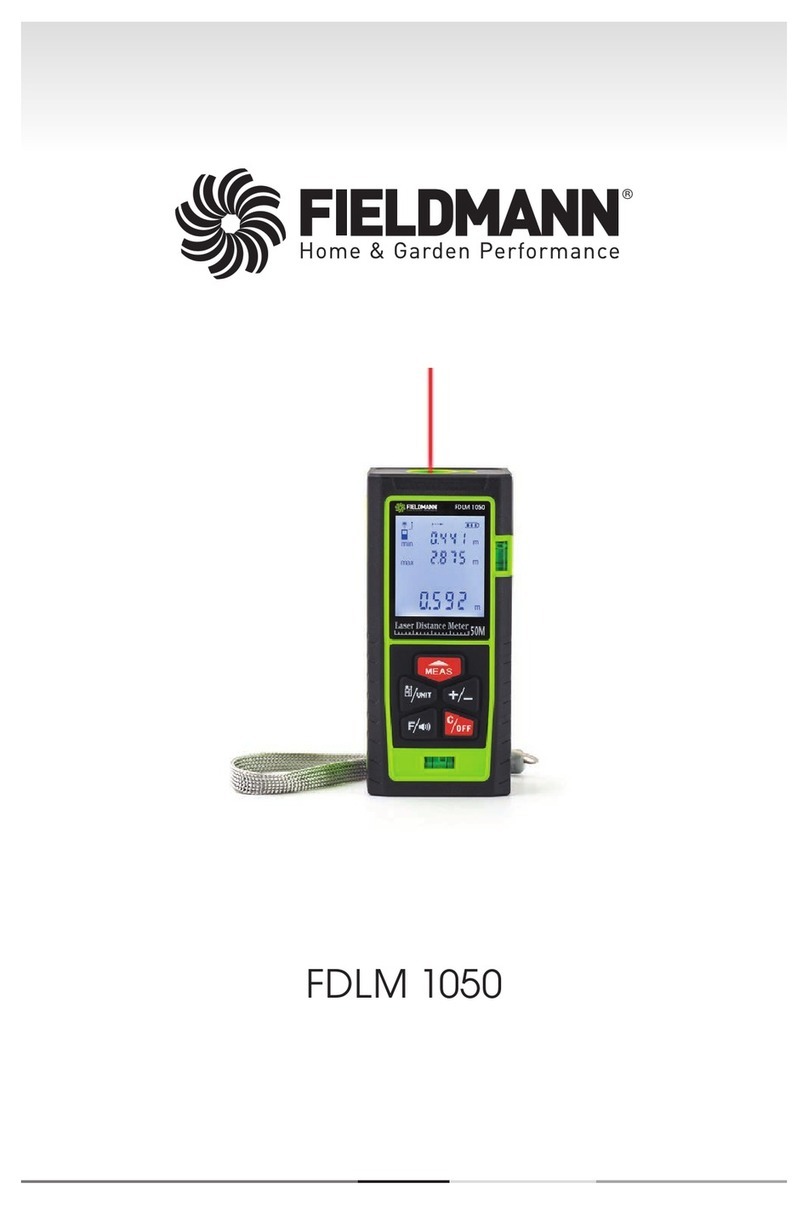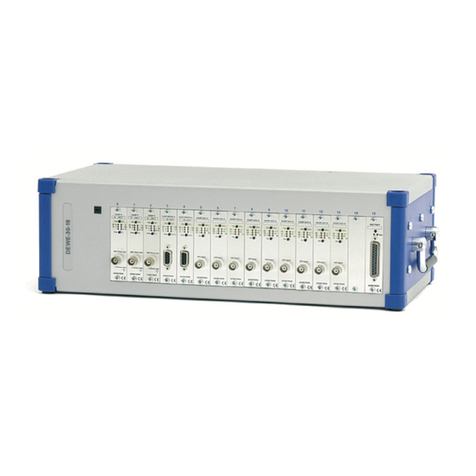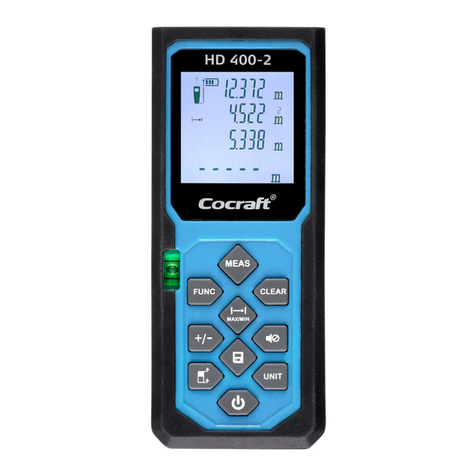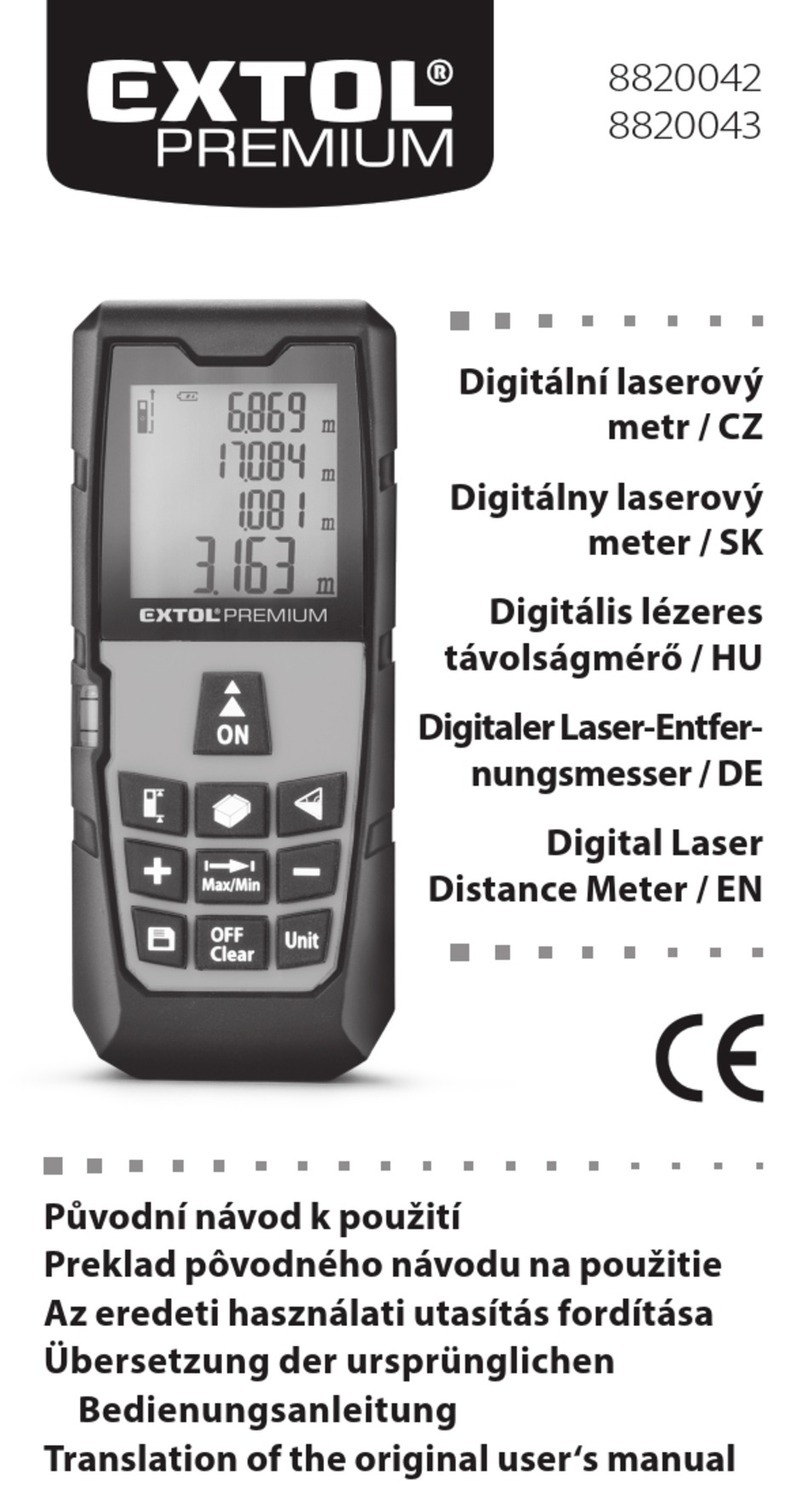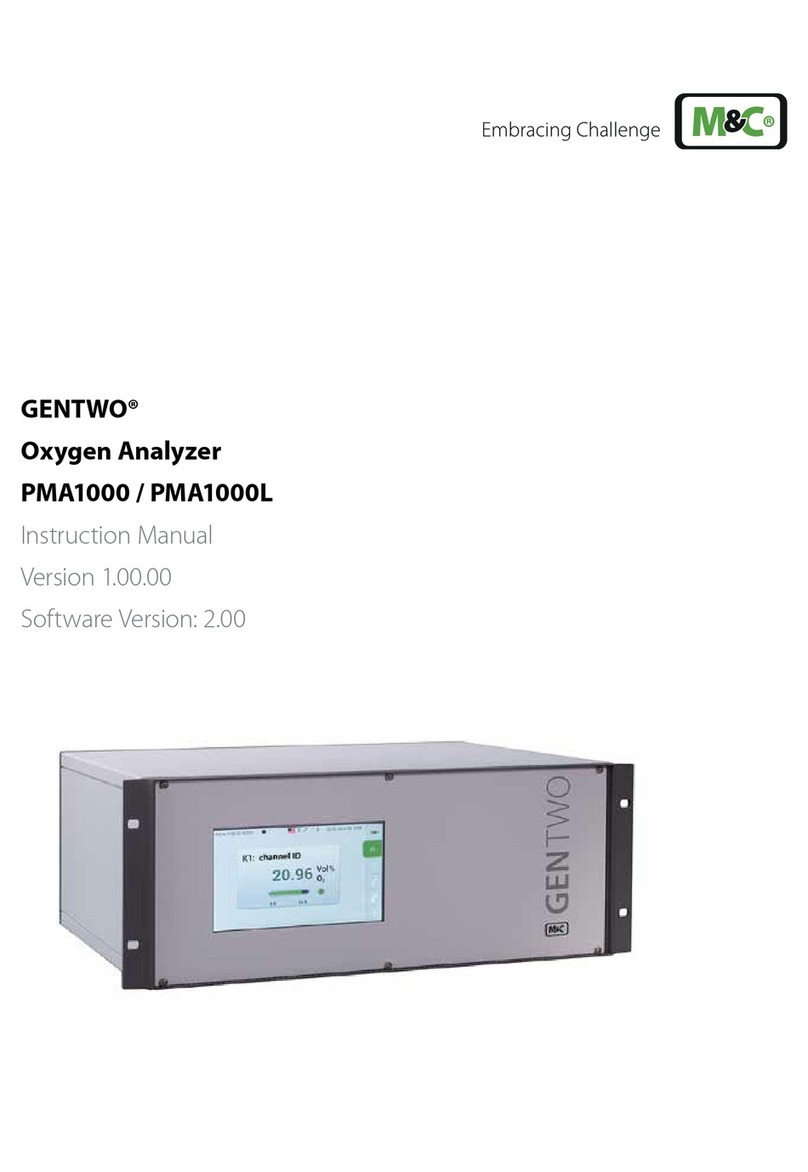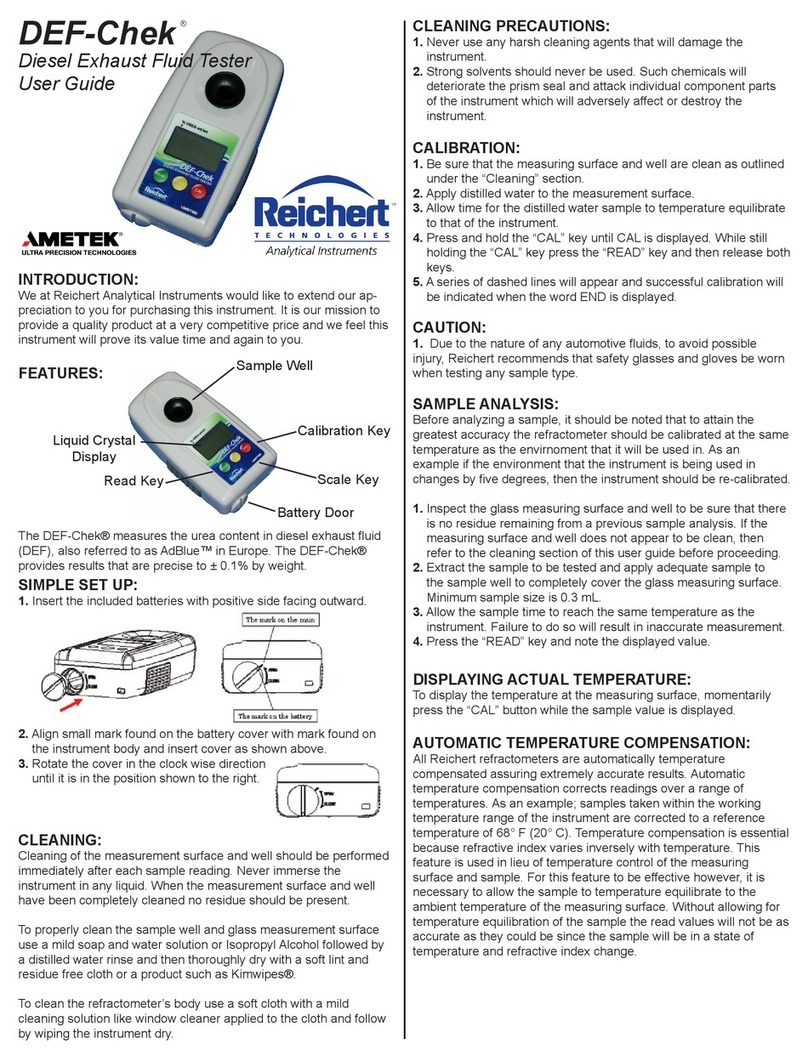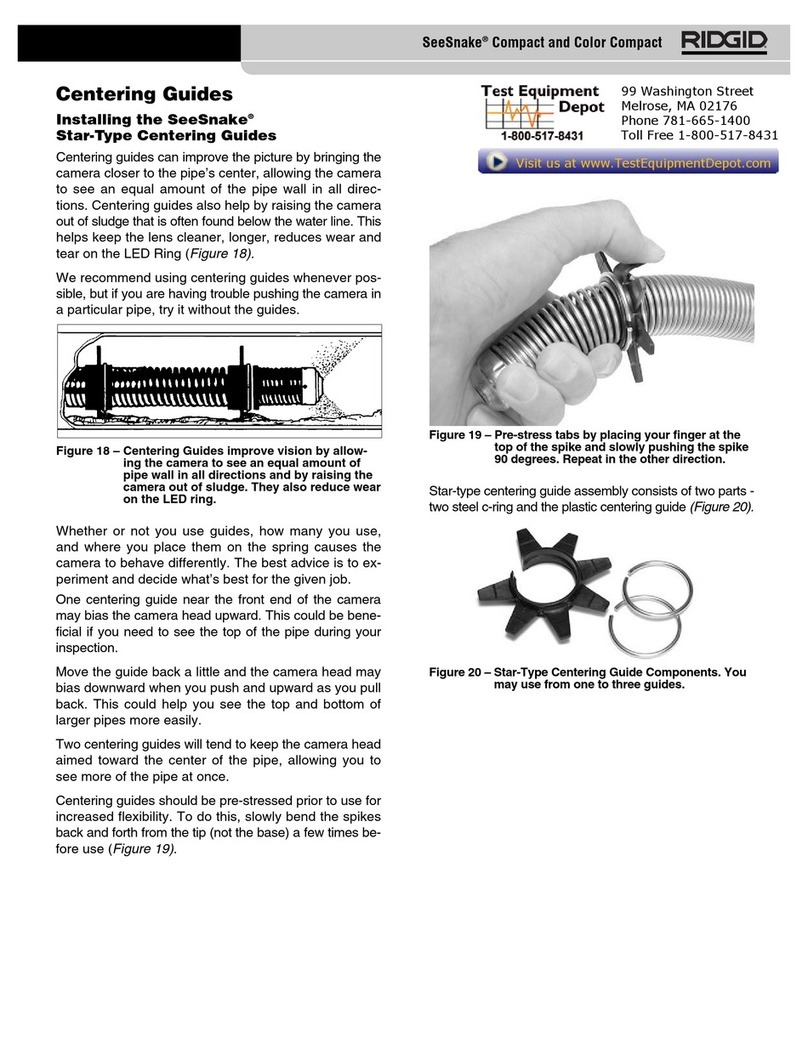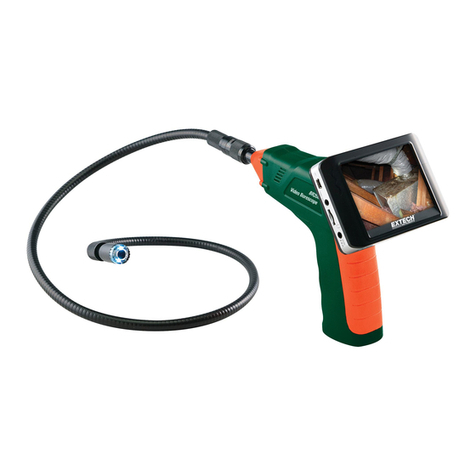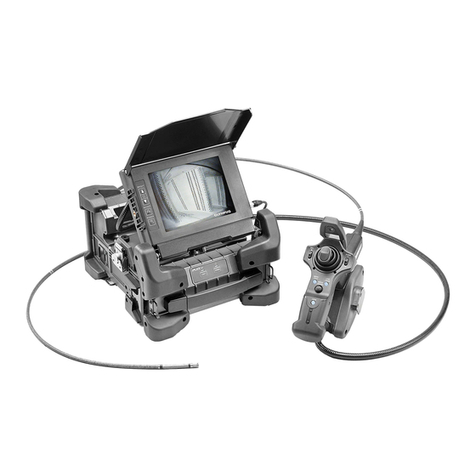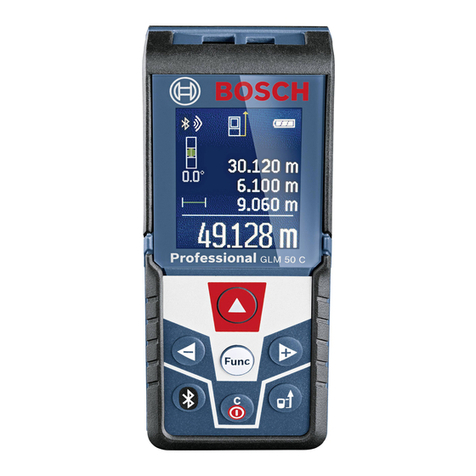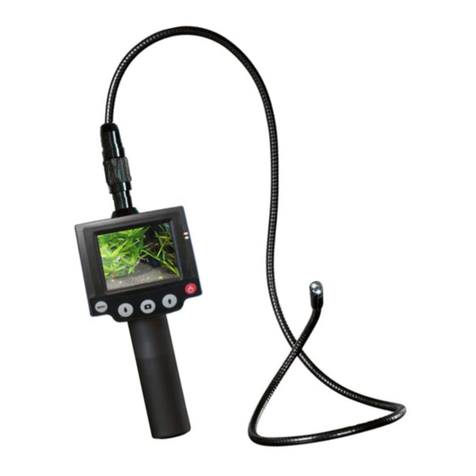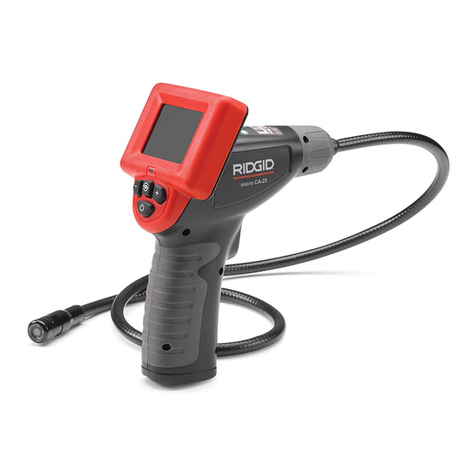
Multi-Chek
Automotive Coolant-Battery-Fluid Tester
User Guide
Sample Well
Liquid Crystal
Display Scale Key
Read Key
Calibration Key
Battery Door
INTRODUCTION:
We at ReichertAnalytical Instruments would like to extend our ap-
preciation to you for purchasing this instrument. It is our mission to
provide a quality product at a very competitive price and we feel this
instrument will prove its value time and again to you.
FEATURES:
Using a Multi-Chek to test freeze point following the American
Society for Testing & Materials (ASTM) Standard Practice D3321
provides results that are precise to ±0.5°F (±0.3°C) reading a
50 vol % aqueous solution of ethylene glycol. By comparison,
a hydrometer is only precise to ±8.0°F (±4.44°C).
CLEANING:
Cleaning of the measurement surface and well should be performed
immediately after each sample reading. Never immerse the
instrument in any liquid. When the measurement surface and well
have been completely cleaned no residue should be present.
To properly clean the sample well and glass measurement surface
use a mild soap and water solution or Isopropyl Alcohol followed by
a distilled water rinse and then thoroughly dry with a soft lint and
residue free cloth or a product such as Kimwipes®.
CAUTION:
1. Due to the nature of automotive uids, to avoid possible injury,
Reichert recommends that safety glasses and gloves be worn when
removing the radiator cap and testing any acid or caustic solution
from a battery.
2. The radiator cap should not be removed while the car is running or
the engine is warm. Coolant uid which is warm and under pressure
in the radiator could cause personal injury.
3. Extreme caution is advised when testing any acid or caustic solu-
tion in the battery. These chemicals may cause personal injury if they
come in contact with your skin or eyes.
SIMPLE SET UP:
1. Insert the included batteries with positive side facing outward.
2. Align small mark found on the battery cover with mark found on
the instrument body and insert cover as shown above.
3. Rotate the cover in the clock wise direction
until it is in the position shown to the right.
SAMPLE ANALYSIS:
Before analyzing a sample, it should be noted that to attain the
greatest accuracy the refractometer should be calibrated at the same
temperature as the envirnoment that it will be used in. As an
example; if the environment that the instrument is being used in
changes by ve degrees, then the instrument should be re-calibrated.
1. Inspect the glass measuring surface and well to be sure that there
is no residue remaining from a previous sample analysis. If the
measuring surface and well does not appear to be clean, then
refer to the cleaning section of this user guide before proceeding.
2. Extract the sample to be tested and apply adequate sample to
the sample well to completely cover the glass measuring surface.
Minimum sample size is 0.3 mL.
3. Allow the sample time to reach the same temperature as the
instrument. Failure to do so will result in inaccurate measurement.
4. Press the “READ” key and note the displayed value and the
position of the annuciator. The annunciator should be located
below the uid scale that you are attempting to attain a reading for.
If the position of the annunciator is not located under the desired
scale, then press the “SCALE” key until the annuciator position
indicates the correct scale.
To clean the refractometer’s body use a soft cloth with a mild
cleaning solution like window cleaner applied to the cloth and follow
by wiping the instrument dry.
CLEANING PRECAUTIONS:
1. Never use any harsh cleaning agents that will damage the
instrument.
2. Strong solvents should never be used. Such chemicals will
deteriorate the prism seal and attack individual component
material which will adversely affect or destroy the instrument.
SCALES:
To change the reading mode scale between EG, PG, Batt SG and
Windshield Washer solution, press the “SCALE” key to toggle
through those choices. The annuciator displayed on the screen
denotes the active scale.
Displaying Actual Temperature:
To display the temperature at the measuring surface, momentarily
press the “CAL” button while the sample value is displayed.
CALIBRATION:
1. Be sure that the measuring surface and well are clean as outlined
under the “Cleaning” section.
2. Apply distilled water to the measurement surface.
3. Allow time for the distilled water sample to temperature equilibrate
to that of the instrument.
4. Press and hold the “CAL” key until CAL is displayed. While still
holding the “CAL” key press the “READ” key and then release both
keys.
5. A series of dashed lines will appear and successful calibration will
be indicated when the word END is displayed.
